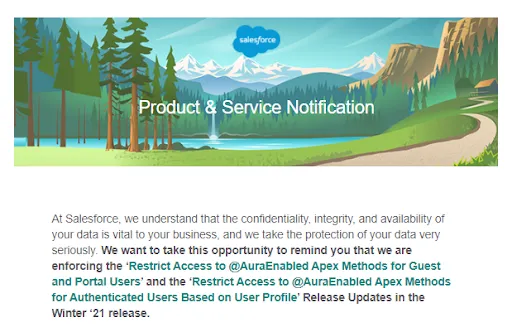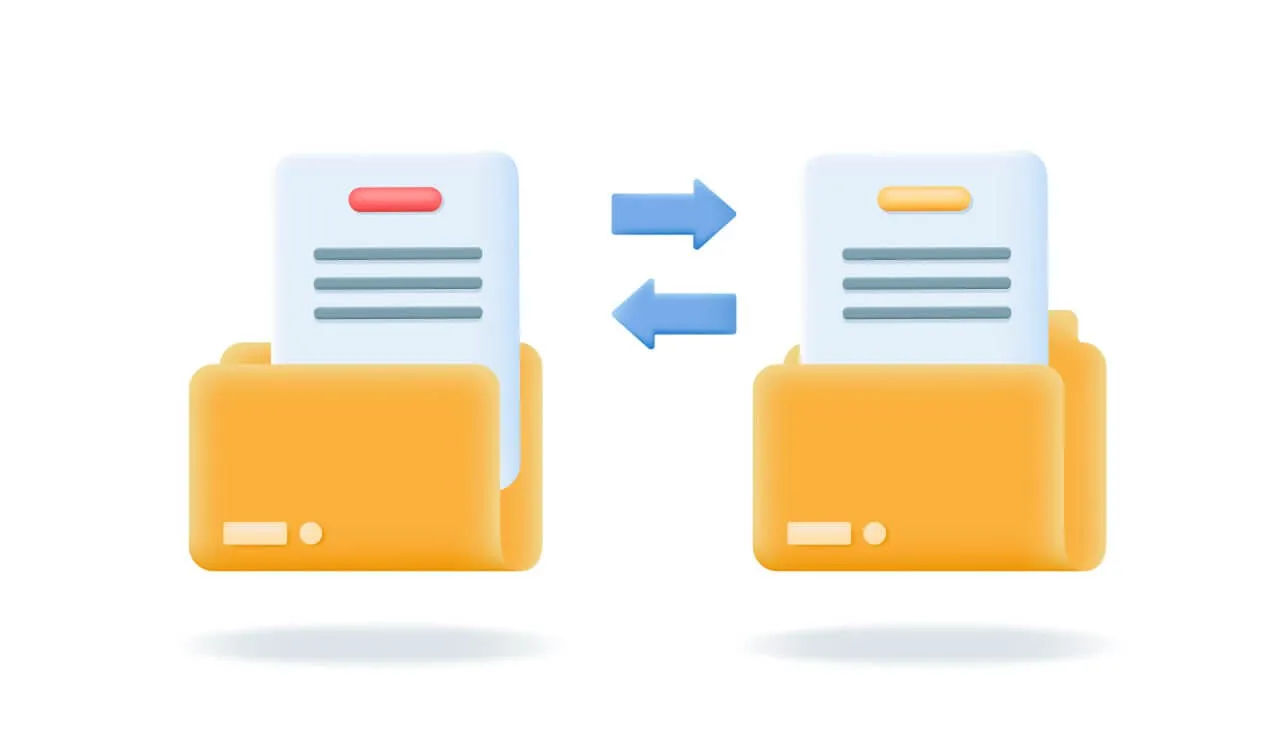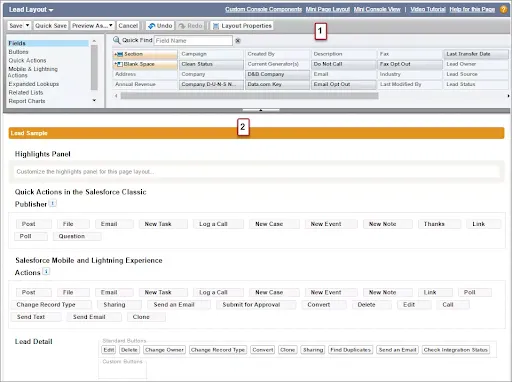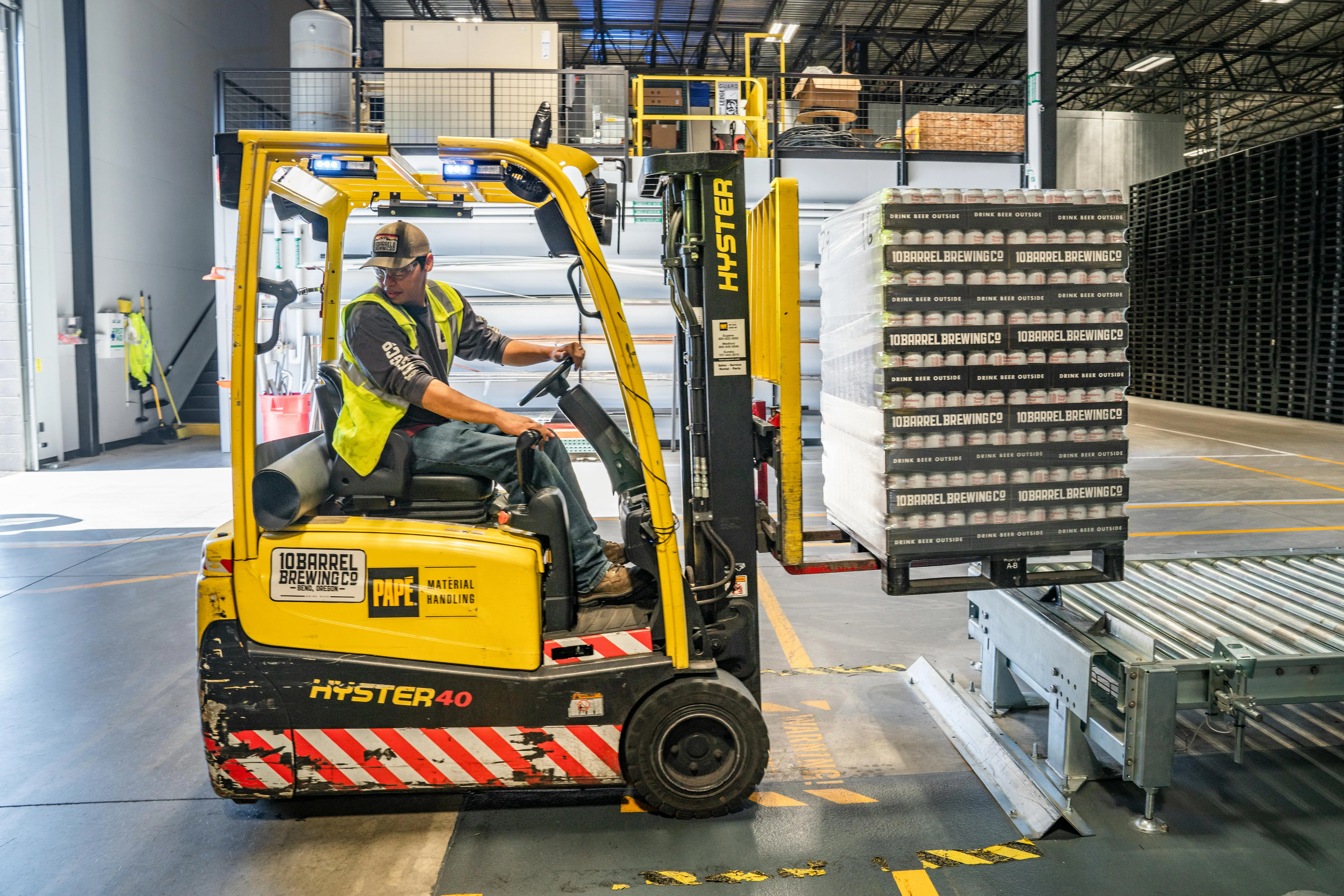Launch Shopify AI Search This Month to Boost On-Site Conversions
Deploying Shopify AI Search quickly converts browsing intent into purchases by improving relevance, lowering search abandonment, and surfacing high-intent SKUs. This article outlines a practical 60–90 day rollout, measurable KPIs, and specific recommendations so merchants can capture conversion uplifts and recover lost revenue with minimal engineering overhead.

Introduction
Search is the fastest path from intent to transaction; when it fails, buyers leave. Shopify AI Search — combined with Search & Discovery best practices and merchant-side enrichments — lets retailers turn ambiguous queries into relevant results and product recommendations. A focused rollout that prioritizes high-traffic categories and critical UX touchpoints produces measurable uplifts in conversion and average order value (AOV) without a major engineering project. With disciplined A/B testing and tracking, stores can prove impact and scale the configuration across catalogs within 60–90 days.
Case in point
A mid-size apparel retailer with $8M ARR and ~250 SKUs implemented a targeted AI search pilot on category pages and the header search box. The program ran as a 9-week sprint: 1 week of baseline measurement, 3 weeks of configuration and feed enrichment, 3 weeks of A/B testing, and 2 weeks of rollout and monitoring.
Actions were precise: enrich product data with seasonal tags and fit metadata, enable synonym mappings for common misspellings, configure AI boosting to prioritize in-stock and high-margin SKUs, and surface product bundles in the search results for queries containing “sets” or “gifts.” The team tracked five metrics daily: search conversion rate, search abandonment rate, revenue per search (RPS), AOV for search-originated sessions, and query-to-purchase latency.
Results were demonstrable. In the A/B test, sessions using AI search showed search conversion rising from 3.2% to 4.3% (a 34% uplift) and RPS increasing by 18% within six weeks. Search abandonment fell from 42% to 28%, and AOV for search sessions rose by 9% thanks to bundle suggestions. The incremental revenue from the test covered the implementation and data enrichment work within two months, and the merchant scaled the configuration to other categories with minimal extra effort.
What to implement / Recommendations
- Run a 7–10 day baseline to capture search traffic, conversion, and abandonment before changes.
- Prioritize AI search on the header search box and top three product categories first.
- Enrich product feeds with structured tags (size, color, material, collection, margin) to improve relevance.
- Configure synonyms and common misspellings to reduce zero-results queries.
- Boost rules: prioritize in-stock, high-margin, and fast-fulfilment SKUs for business impact.
- A/B test ranking and merchandising changes for at least 3 full business cycles before roll-out.
- Expose autocomplete prompts for long-tail queries to shorten query-to-purchase time.
- Monitor and iterate weekly on query-level performance; keep a running log of low-performing queries for manual rules.
For owners evaluating investments
Owners should weigh speed-to-value versus bespoke control. Using Shopify’s native AI search and the Search & Discovery app yields the fastest path to measurable results and avoids custom infra, while third-party search platforms offer deeper customization at higher cost. If time-to-revenue is critical, prefer native or managed options that integrate with Shopify data out of the box.
Privacy and data governance matter: ensure PII is not logged in query analytics and confirm compliance with regional regulations if search logs are exported. Finally, tie the project to a clear north-star KPI (revenue per search or search conversion) and require a short ROI checkpoint at 60 days.
Expected outcome
Merchants executing a disciplined 60–90 day rollout should expect a measurable conversion uplift in the 15–35% range for search-originated traffic, with RPS improvements of 10–25% depending on catalog quality and enrichment effort. Search abandonment reductions of 10–20 percentage points are common when synonyms and zero-result remediation are addressed.
Operationally, expect faster discovery and fewer support tickets for “where is item X” queries, and modest AOV gains from merchandising and bundle rules. Payback is typically within 1–3 months for merchants with meaningful search traffic and adequate catalog metadata; larger catalogs may require a longer enrichment phase but still see measurable gains within one quarter.
Enjoyed the article? Follow our LinkedIn newsletter for more insights — subscribe here.





























